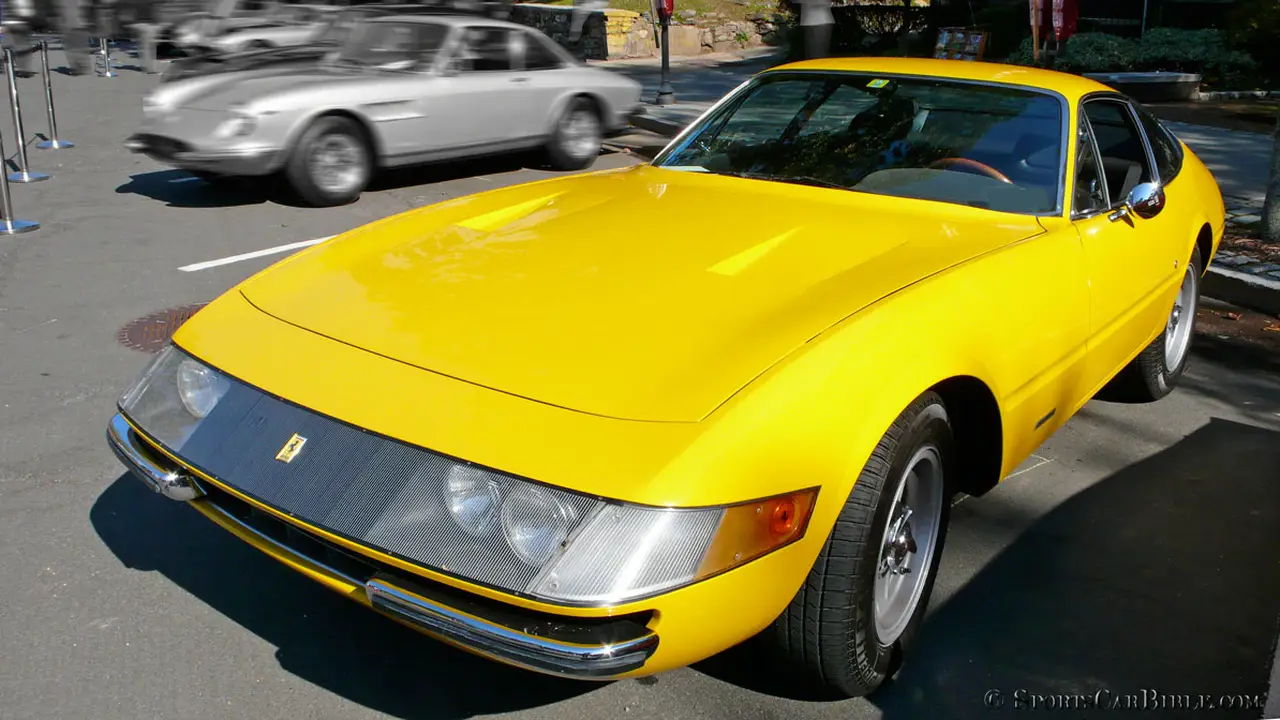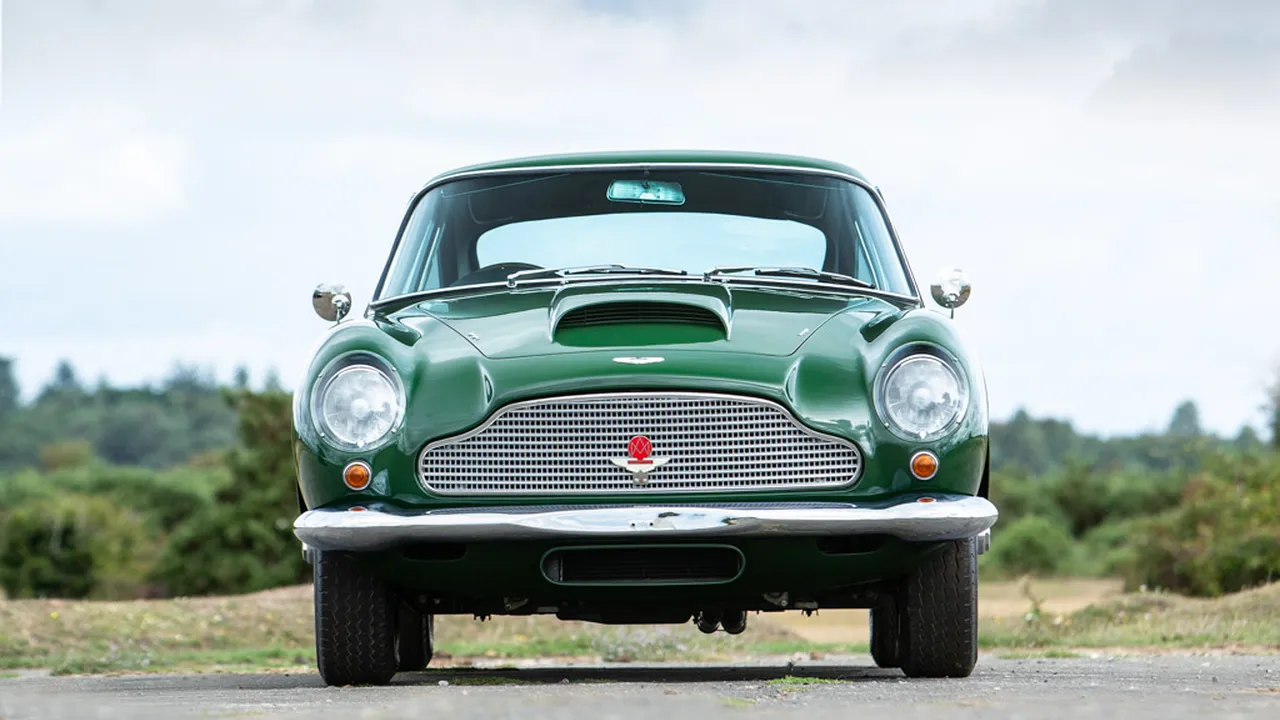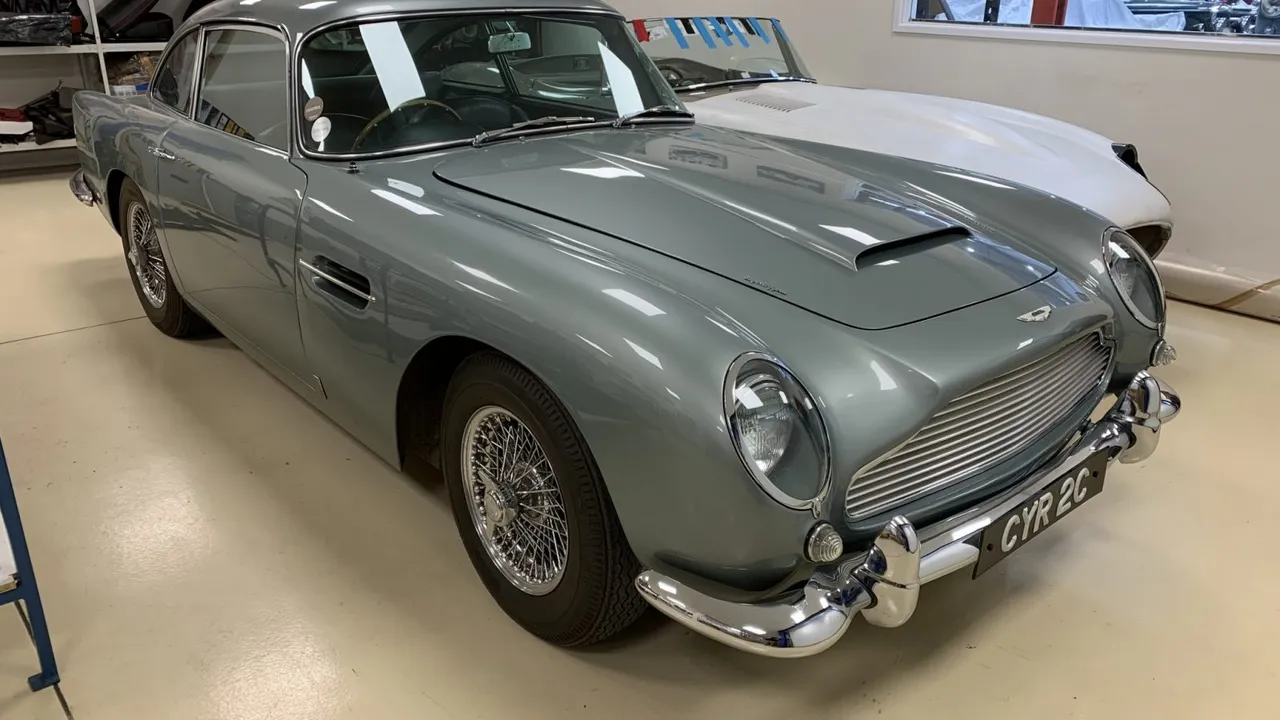Ferrari 365 GTB4 Daytona Buyer's Guide What to Look For
Explore a comprehensive buyer's guide for the Ferrari 365 GTB4 Daytona. Get essential tips on what to look for, common issues, and valuation advice.

Ferrari 365 GTB4 Daytona: A Legendary Grand Tourer
So, you're thinking about buying a Ferrari 365 GTB4 Daytona? Awesome choice! This isn't just a car; it's a statement. A roaring, V12-powered statement of Italian engineering brilliance. But before you dive headfirst into the world of classic Daytonas, let's take a good look under the hood (figuratively, for now) and make sure you know what you're getting into. We're talking about a significant investment, so doing your homework is crucial.
Understanding the Ferrari Daytona: History and Key Features
First things first, a little background. The Daytona, officially the 365 GTB/4, was introduced in 1968 as a replacement for the 275 GTB/4. It was a radical departure in styling, ditching the curves of its predecessor for a more angular, aggressive design. Power came from a 4.4-liter V12 engine, producing around 352 horsepower. That’s enough to propel this beauty to speeds exceeding 170 mph. Production ran until 1973, with both coupe (Berlinetta) and spider (convertible) versions available.
What to Look For: Essential Inspection Points for a Daytona
Okay, time to get practical. When inspecting a potential Daytona purchase, here's what you need to pay close attention to:
- Bodywork: Rust is the enemy. Check the usual suspects: sills, wheel arches, around the headlights, and the bottom of the doors. Pay close attention to panel gaps. Inconsistent gaps can indicate previous accident damage or poor-quality restoration work. Original Daytonas were hand-built, so perfect panel gaps are not expected, but significant discrepancies should raise a red flag.
- Engine: The V12 is a masterpiece, but it's also complex. Listen for any unusual noises – ticking, knocking, or excessive valve train noise. Check for oil leaks. A well-maintained Daytona engine should run smoothly and pull strongly throughout the rev range. A compression test is highly recommended.
- Gearbox: The Daytona uses a five-speed manual gearbox. Make sure it shifts smoothly and easily into all gears. Listen for any grinding or popping noises. Synchros can wear over time, especially in second gear.
- Interior: Check the condition of the leather upholstery, carpets, and dashboard. Replacement parts can be expensive and difficult to source. Make sure all the gauges and electrical components are working correctly. Pay attention to the originality of the interior – are the seats original or have they been re-trimmed? Is the steering wheel correct for the year?
- Chassis and Suspension: Inspect the chassis for any signs of rust or damage. Check the suspension components for wear and tear. Pay attention to the ride height – is it level? Listen for any squeaks or rattles when driving.
Common Issues: Problems to Be Aware Of
Even the mighty Daytona isn't immune to problems. Here are some common issues to be aware of:
- Rust: As mentioned earlier, rust is a major concern. Thoroughly inspect the car for any signs of corrosion.
- Engine Issues: The V12 can suffer from oil leaks, worn valve guides, and timing chain problems. Regular maintenance is essential.
- Electrical Problems: Classic Italian cars are notorious for their electrical gremlins. Check all the lights, gauges, and switches to ensure they are working correctly.
- Cooling System: The Daytona's cooling system can be prone to overheating, especially in hot climates. Make sure the radiator is in good condition and the cooling fan is working properly.
- Limited Parts Availability: Some Daytona parts can be difficult and expensive to source. Be prepared to wait and pay a premium for rare or hard-to-find components.
Valuation Advice: How Much Should You Pay for a Daytona?
Determining the value of a Daytona is tricky, as it depends on several factors, including condition, originality, mileage, and provenance. Generally speaking, you can expect to pay anywhere from $500,000 to well over $1,000,000 for a well-preserved or restored example. Spider versions typically command a premium over coupes. Consult with a reputable classic car appraiser to get an accurate valuation. Check auction results and sales data to get a sense of current market trends.
Essential Tools & Products for Daytona Owners
Owning a classic like the Daytona means you'll want to keep it in tip-top shape. Here are some recommended products:
- CTEK Battery Charger: A must-have for any classic car owner. These chargers maintain your battery's health during periods of inactivity, preventing it from going flat. The CTEK MXS 5.0 is a great option (around $100). Use it in your garage between drives.
- Meguiar's Gold Class Car Wash: Gentle and effective for cleaning your Daytona's paint. Avoid harsh detergents that can strip away wax and damage the finish. A bottle costs about $15.
- Leatherique Rejuvenator Oil & Prestine Clean: Keep your Daytona's leather interior supple and clean with this two-part system. The Rejuvenator Oil softens the leather, while the Prestine Clean removes dirt and grime. A set goes for around $70.
- A Good Car Cover: Protect your Daytona from dust, scratches, and UV damage when it's not in use. A custom-fitted cover is ideal. Expect to pay around $300-$500 for a high-quality cover. California Car Cover makes excellent options.
- Lucas Oil Fuel Stabilizer: If your Daytona sits for extended periods, add a fuel stabilizer to prevent fuel degradation and keep the fuel system clean. A bottle costs about $10.
Professional Inspection: Why It's Worth the Investment
Before you commit to buying a Daytona, it's essential to have it inspected by a qualified Ferrari specialist. This is not the time to cut corners. A pre-purchase inspection can uncover hidden problems and save you thousands of dollars in the long run. Expect to pay several hundred dollars for a thorough inspection. Think of it as insurance.
Restoration Considerations: Originality vs. Drivability
If you're considering a Daytona that needs restoration, think carefully about the balance between originality and drivability. Do you want to restore it to its original factory specifications, or are you willing to make some modifications to improve its performance and reliability? Originality is important for collectability, but drivability is important for enjoyment. Find a reputable restoration shop with experience working on classic Ferraris.
Owning a Daytona: A Passion, Not Just a Car
Owning a Ferrari 365 GTB4 Daytona is more than just owning a car; it's owning a piece of automotive history. It's about the passion, the sound, the experience. It's about being part of a select group of enthusiasts who appreciate the beauty and engineering of these iconic machines. So, do your research, be patient, and find the Daytona that's right for you. The reward will be well worth the effort.
:max_bytes(150000):strip_icc()/277019-baked-pork-chops-with-cream-of-mushroom-soup-DDMFS-beauty-4x3-BG-7505-5762b731cf30447d9cbbbbbf387beafa.jpg)






